Woodcut is a artistic technique in which an image is carved into the surface of a block of wood, with the printing parts remaining level while the non-printing parts are removed. The block is cut along the grain of the wood. In Europe beechwood was commonly used and in Japan cherry wood was used.
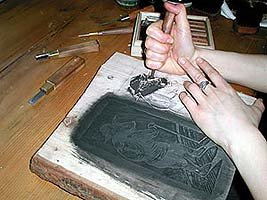 The surface is covered with ink by rolling over the surface with an ink covered roller. Multiple colors can be printed using this technique - a different block is used for each color.
The surface is covered with ink by rolling over the surface with an ink covered roller. Multiple colors can be printed using this technique - a different block is used for each color.
It did not originate in Japan as some people believe. It came originally from China and was later adopted by the West and Japan.
The most popularized form of woodcut Art is called Ukiyo-e. It originated in Japan and it is probably what you have seen. Ukiyo-e means: “pictures of the floating world”. More specifically Ukiyo-e is woodblock prints (or woodcuts) and paintings. They where popular between the 17th and the 20th centuries. Ukiyo-e were affordable because they could be mass-produced. They were, therefore, meant for people who were not wealthy enough to afford an original painting. The original subject of ukiyo-e was city life, in particular activities and scenes from the entertainment district.
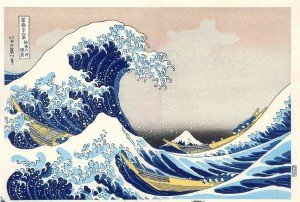
This is probably one of the most famous Ukiyo-e’s. It is called “The Great Wave”. (Why do you look surprised?). Artist is Hokusai and it is part of his subscription series, “Thirty-Six Views of Mt. Fuji,” completed between 1826 and 1833.
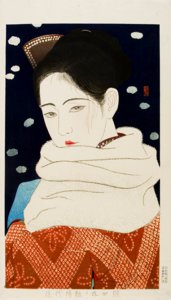
Artist: Kobayakawa Kiyoshi Nationality: Japanese, 1896-1948 Title: Eyes, Hitomi, from the series Modern Styles of Makeup Date: 1931.
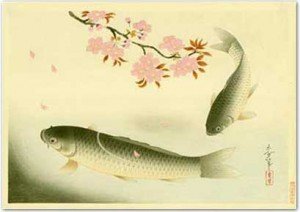
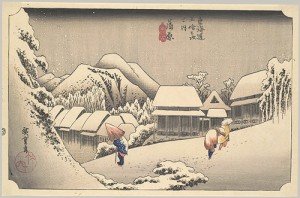
Evening Snow at Kanbara, Ando Hiroshige (Japanese, 1797–1858)

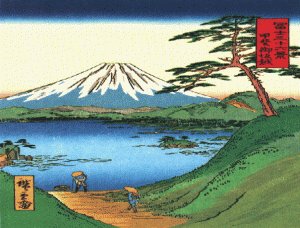











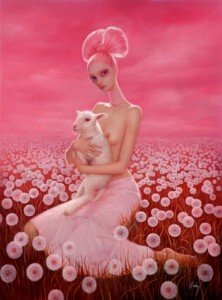
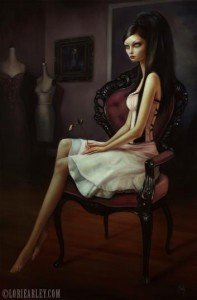
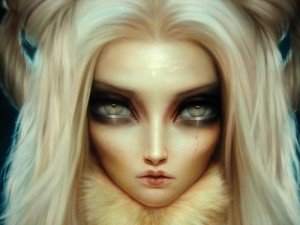
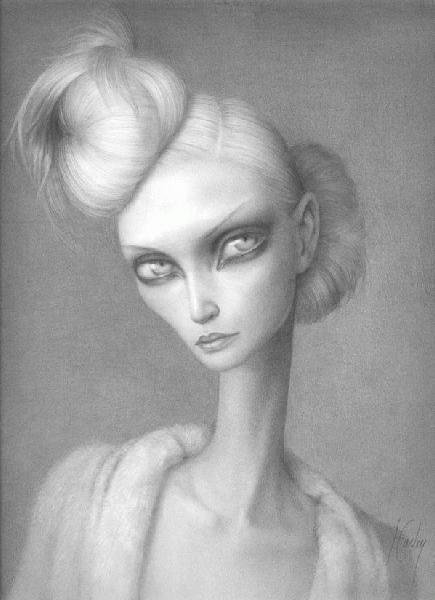
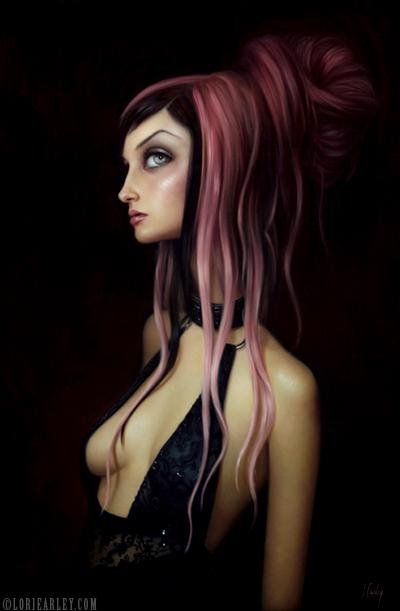
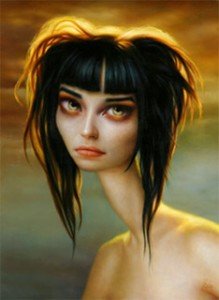
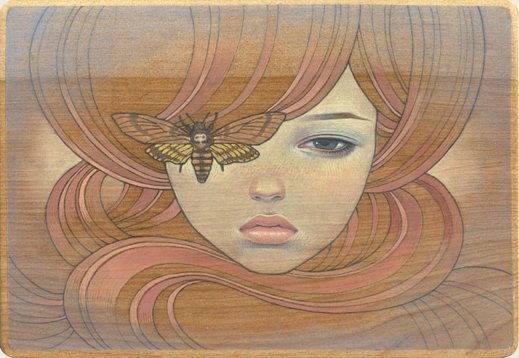
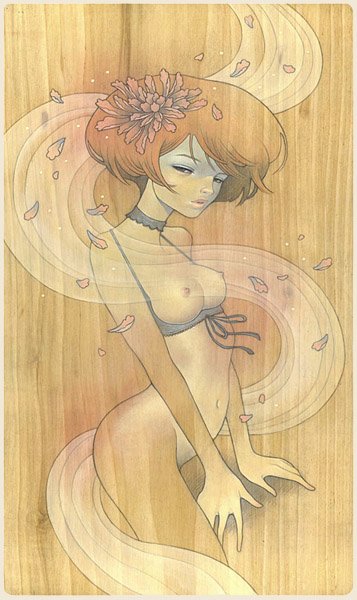
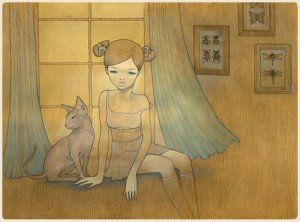
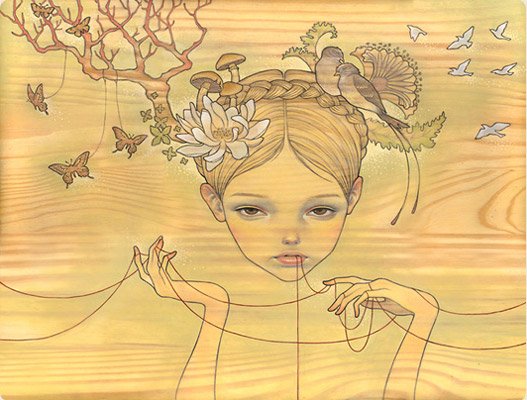
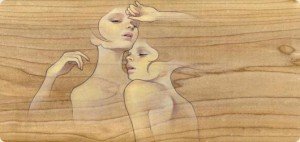
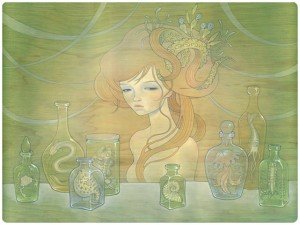
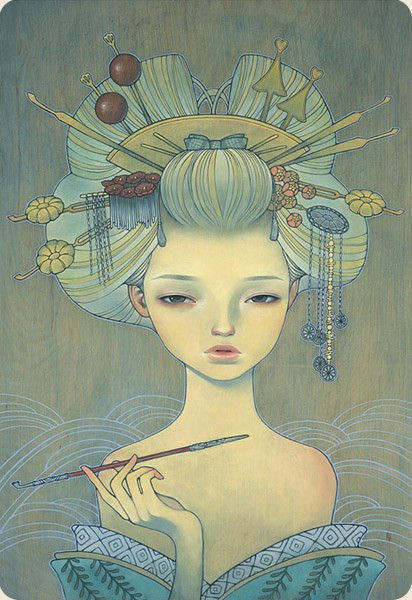










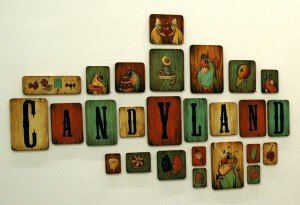
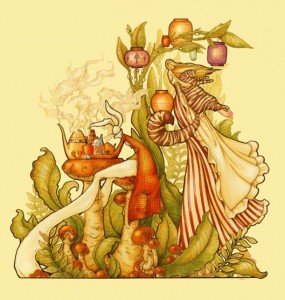
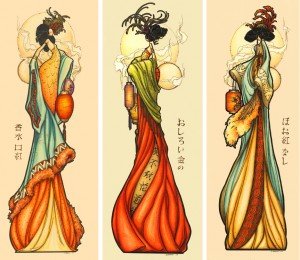
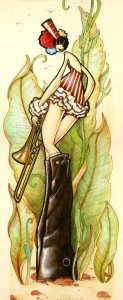
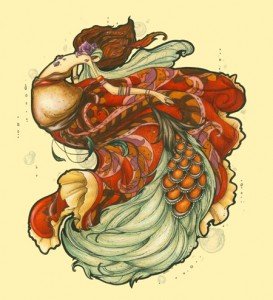
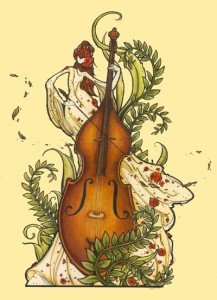








 Aram was born in Shiraz, Iran in 1978. He has had solo exhibitions at the Massachusetts Museum of Contemporary Art, North Adams, MA; Wilkinson Gallery, London; and Oliver Kamm Gallery, New York as well as being included in varies other exhibitions.
Aram was born in Shiraz, Iran in 1978. He has had solo exhibitions at the Massachusetts Museum of Contemporary Art, North Adams, MA; Wilkinson Gallery, London; and Oliver Kamm Gallery, New York as well as being included in varies other exhibitions.


